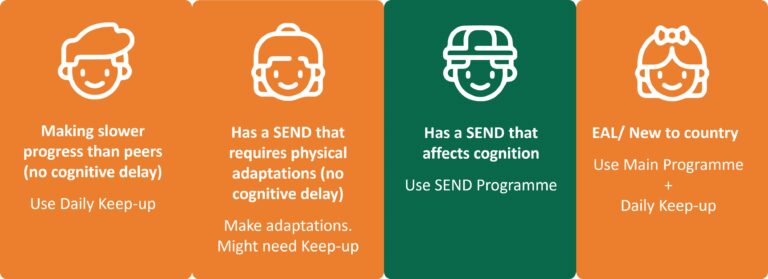It will come as a surprise to us all how much time in our lives we spend doing mundane things. In this activity the pupils will estimate how much time they spend doing a regular activity in a day and then scale it up to see how much time they spend on it in a year and how much time they could potentially spend doing it in a lifetime. You can then use this information to work out what percentage of our lives we spend on routines.
Suitable for: Year 4 to Year 6
Learning Focus:
- Estimate accurately
- Carry out multiplications using a calculator
- Calculate percentages using data collected
- Reason about data
Activity One:
With the pupils, list the things each of them do on a regular basis, either daily, weekly or annually. The list is likely to include sleeping, coming to school, eating, watching TV, break time, showering or bathing, reading, cleaning teeth etc.
Now ask them to use the In My Life – Table that accompanies this activity to record how much time they spend doing it. They will need to multiply to find how long they do it for in a year but here they need to reason about the multiplier. Do they come to school every day of the year? Are there some things they do only once a week? What do they estimate to be their life expectancy? Which things will they stop doing when they get older?
Activity Two:
It puts the previous information into perspective if the pupils are asked to present the information as a fraction or a percentage of their lives. For example, if they sleep an average of eight hours a night, they will spend a third of their life asleep, or 33.3%
Ask the pupils to choose three of the activities from their lists. They will need to work out the total number of hours they expect to live. This is best done as a whole class activity to give them the multiplier for their age. It’s a good way to practise how many hours there are in a day, days in a week, weeks in a year etc. You should end up with the following equations:
Life expectancy in years (Y) x 24 x 7 x 52
or
Y x 24 x 365
This gives another opportunity for reasoning. Why doesn’t the number of days in a week multiplied by the number of weeks in a year equal the number of days we know are in a year (then there’s leap years too!).



